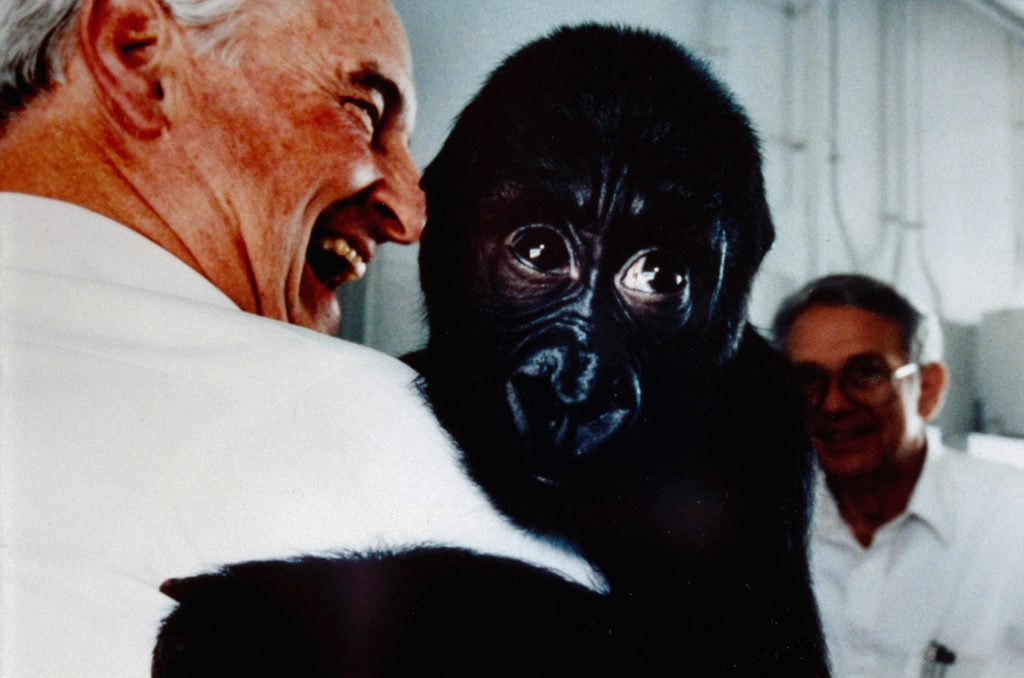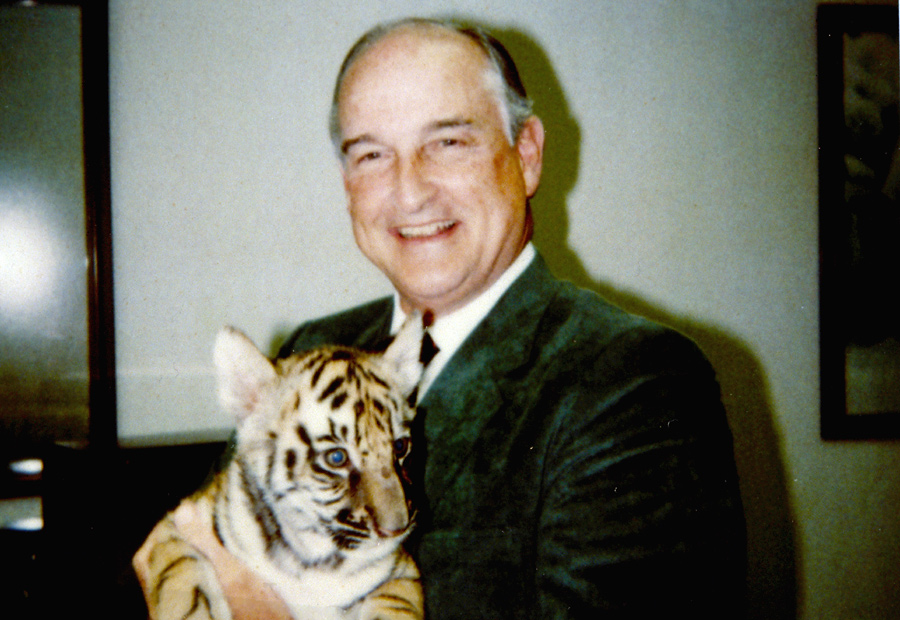“Be a giver, not a taker. There are plenty of takers in the world.” Walter Scott, Jr.
Long before the Suzanne & Walter Scott Foundation was founded in 1990, Walter Scott, Jr. was already blazing philanthropic trails. He traced that spirit of stewardship back to Peter Kiewit’s influence in a naming ceremony speech for the Walter Scott, Jr. College of Engineering at Colorado State University (CSU), his alma mater, in 2017.
“Peter often remarked that it was more difficult to give away money intelligently than it was to make money in the first place. He didn’t think in terms of making gifts or giving back; instead, he tried his best to make charitable investments in a community and in young people,” Walter explained to a crowd of students.
He recalled hearing Peter say that charitable investments should produce societal returns, making sustainable impacts on people’s lives or communities.
“I hope my investment helps develop the next generation of leaders — those who will do great things for our country,” Walter told the audience of CSU students. “My job is done. Now it’s up to you to make sure my investment lets you do great things.”
Over the years, Walter focused his charitable investments on the education and development of young people through the Scott Scholars program. He helped fund multiple educational facilities for the University of Nebraska at Omaha, Hastings College, the University of Nebraska-Lincoln, Creighton University and Colorado State University. He also invested in medical facilities, museums and, of course, Omaha’s Henry Doorly Zoo & Aquarium.
“Once Walter said yes to an idea, he didn’t give up easy,” said Dr. Lee Simmons, former director of Omaha’s Henry Doorly Zoo & Aquarium and Walter’s longtime friend. “Walter was an outdoorsman. He liked the zoo, he liked animals and he loved a little bit of adventure.”
Among his many philanthropic endeavors, Walter’s greatest love was Omaha’s Henry Doorly Zoo & Aquarium. He loved the animals and interacting with them, as shown in the photos above where he is holding a young gorilla and tiger.
Over the years, Walter and Simmons traveled frequently to research animal habitats around the world, or with their teams to examine habitats at other zoos. Simmons says that construction-driven research is an uncommon but impactful practice in his profession.
“Whether it was for the jungle, the aquarium, the Desert Dome or the Gorilla Valley, we always traveled to the best of the same kind of facilities around the country. It was helpful to have the architects and Kiewit engineers there because they could ask the right questions. We were able to escape making mistakes others had made,” said Simmons.
He credits Walter’s good business sense and guidance for the way the zoo operates today and says, while the donations were welcome, they weren’t the most important thing. In the early years as chairman of the Omaha Zoological Society, it was his expertise that made all the difference.
“Walter was an engineer and he used to look at the project, the problem, the parameters and alternatives and then make a decision — ‘Bang!’ like that. There was no hand wringing or maybes. The decision-making process was fast, and Walter let us take risks. That was undoubtedly a management style he picked up at Kiewit.”
For more information on Walter’s career at Kiewit, click here.




